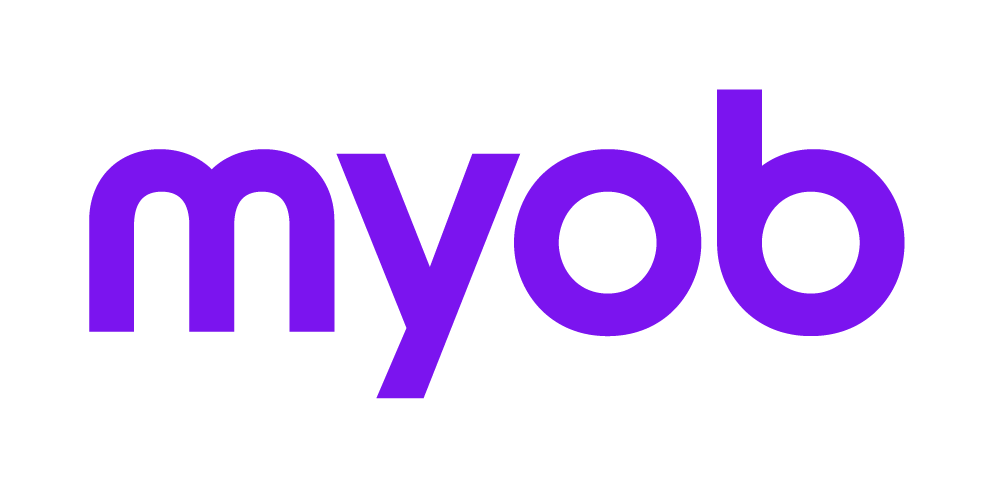Superannuation super contribution worksheets (scc) 2018 2018 2018
The superannuation co-contributions worksheet is made up of a series of worksheets that feed into a summary worksheet. It is the summary worksheet that integrates calculated values to the labels F, G and H at A3 and which are used together with income earned from Salary or wages type income entered in the main part of the return that the ATO will use to decide the eligibility for the Government co-contribution.

The A3 worksheet
The worksheet comprises several sub-worksheets that feed into the WorksheetE—The Summary from which the label values in the main return are filled.
The sub-worksheets are:
Worksheet A 2018 2018: Solely earned investment and business income and deductions
Worksheet B 2018 2018: Jointly earned investment and business income and deductions:
Section 1–Jointly earned investment income and deductions
Section 2–Jointly earned business income and deductions from employment
Worksheet C 2018 2018: Partnership distributions
Worksheet D 2018 2018: Adjustments:
Section A–Additional eligible and ineligible income
Section B–Other Adjustments
When the worksheet is opened the screen displays Worksheet E which is the summary. It is the summary final totals that integrate to Labels F, G and H in the main return.
The code box beside label F is only used where the result of the worksheet values for label F is zero and in that instance a C is integrated to the code box. Tax will automate the completion of that label where label F is zero otherwise the box is left blank.
Label F may be a positive value or zero.
Label G may result in a negative amount and therefore accepts positive and negative values or zero.
Label H may only be positive or zero.
If the amount at label H is calculated as a negative value, this would mean that an adjustment of some sort would be required in worksheet D.
Dissecting the income and deductions
Clicking label A will open the following worksheet to which balances from items entered in the tax return have been defaulted in the first column.
The preparer must then dissect the relevant value into the available fields. In the example that follows after the explanations, there is both solely earned investment and jointly owned investment income, so both worksheets A and B will need to be completed. As there are two different people with whom the taxpayer shares income, two groups will need to be opened in Worksheet B.
The bottom half of the worksheets is for any expenses related to the solely earned investment and/or solely earned business income. If you dissect both the income and expenses, Tax will work out which amounts are required to be integrated to the A3 labels.
Where there is no field beside an item, it is because that income or expense type is not relevant to the particular income type.
Worksheet E—The Summary

